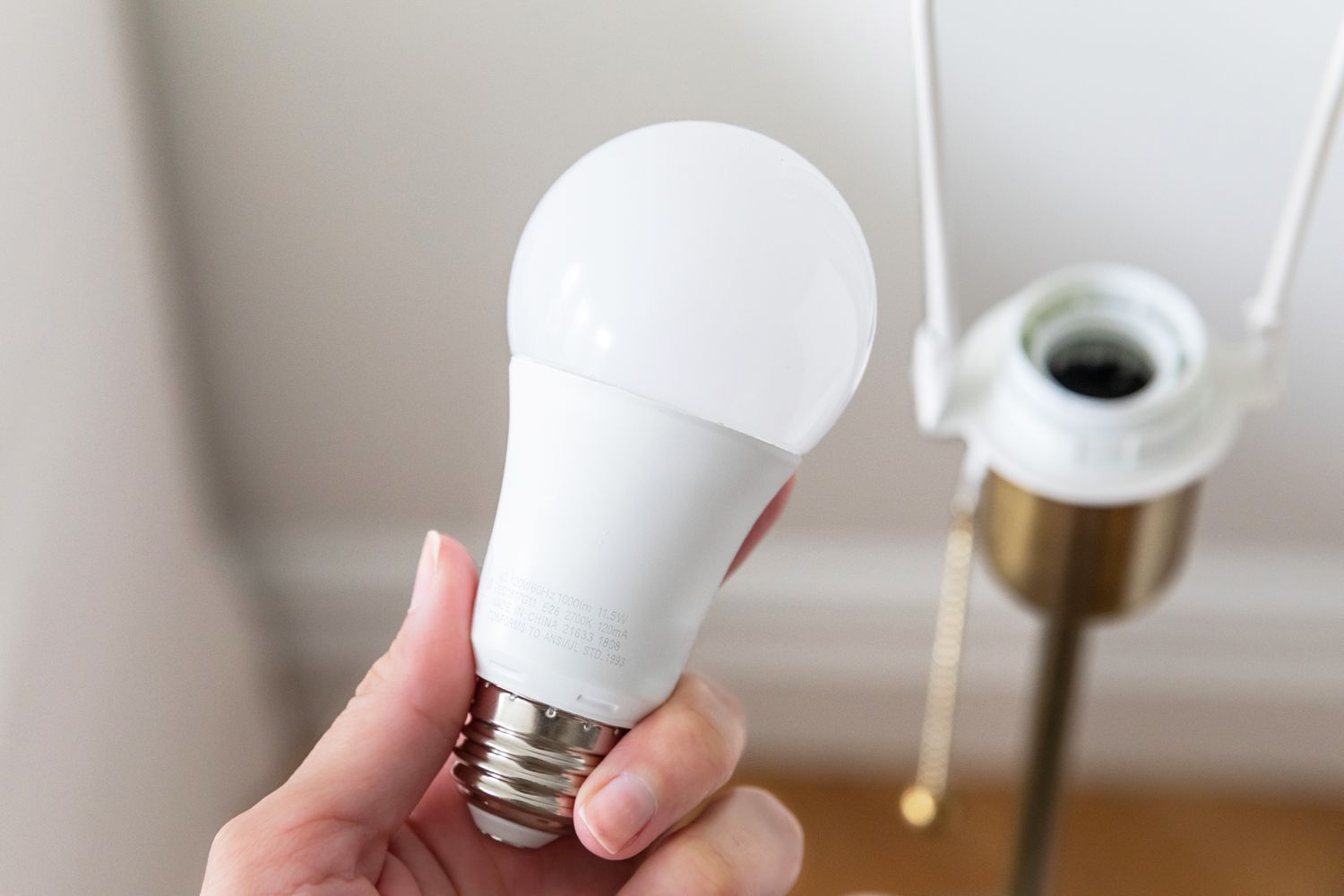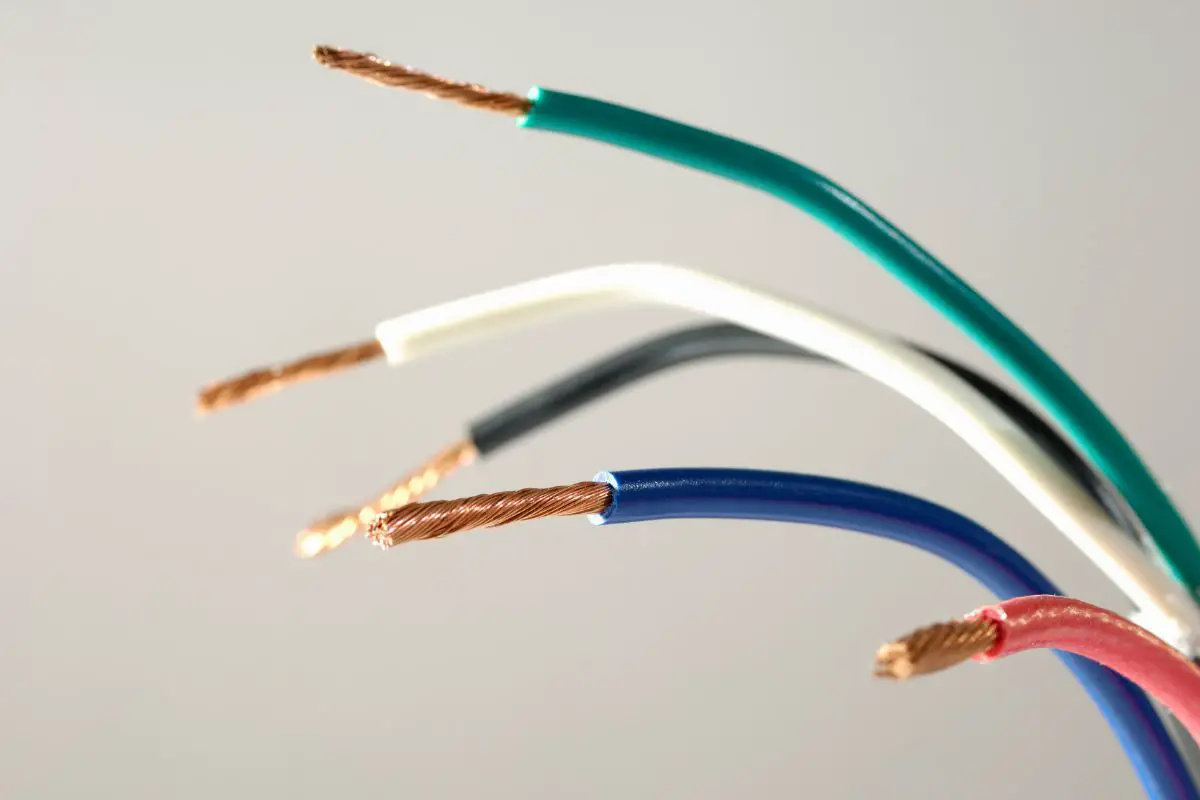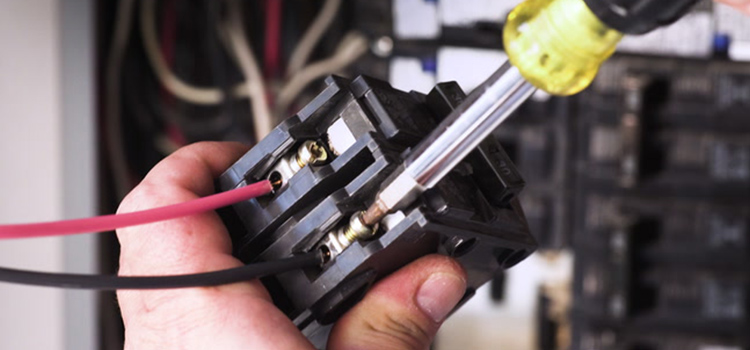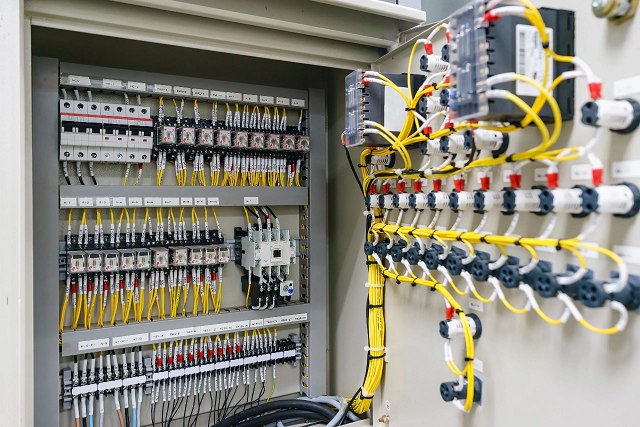In the myriad decisions of daily life, selecting a light bulb might seem trivial. Yet, the ramifications of such a choice stretch beyond mere illumination. Using the wrong wattage for a light bulb isn’t a mere inconvenience—it can have a significant impact on energy costs, safety, and environmental sustainability. While the evolution of lighting technologies like LEDs has changed the conversation around wattage and brightness, the basics remain pertinent. This comprehensive guide delves into the importance of choosing the correct light bulb wattage, offering insights into the immediate and long-term consequences, alongside invaluable tips to ensure your choices are both bright and right.
What Happens When Using Wrong Light Bulb Wattage?
Using the wrong light bulb wattage isn’t just about getting dimmer or brighter light. It can impact energy bills, safety, and bulb longevity. Read on as we explore this seemingly simple topic in detail, uncovering the truths behind choosing the right wattage for your lighting needs.
Understanding Light Bulb Wattage
- Definition and Basic Understanding: Wattage refers to the power consumption of the bulb. It’s a measure of how much energy the bulb uses to produce light.
- The Historical Context of Wattage: Back in the day, wattage was directly linked to brightness. The higher the wattage, the brighter the bulb. However, with modern LED lights, this isn’t necessarily true anymore.
The Immediate Consequences
- Excessive Heat Production: Using a higher wattage bulb can produce more heat, leading to potential fire hazards especially in enclosed fixtures.
- Diminished Brightness: A bulb with a wattage lower than the recommended one might not provide adequate illumination.
- Shortened Bulb Lifespan: Bulbs can burn out faster if they’re either overpowered or underpowered.
Long-term Implications
- Increased Energy Bills: Using a higher wattage bulb than necessary will inevitably lead to higher electricity consumption.
- Damage to Light Fixtures: The wrong wattage can damage the fixture’s wiring, leading to expensive replacements.
Health and Safety Concerns
- Risk of Electrical Fires: One of the major concerns with using bulbs of higher wattage than recommended.
- Eye Strain and Health Issues: A bulb that’s too dim or too bright can lead to eye strain and other related health issues.
Environmental Impact
- Waste Production: Frequently replacing bulbs contributes to environmental waste. By using the correct wattage, you can minimize this.
- Energy Consumption: Using higher wattage bulbs unnecessarily increases energy consumption, impacting our carbon footprint.
Choosing the Right Bulb
- Deciphering Labels: Learn to understand the labels on light bulbs to select the right wattage.
- The Role of Modern Technology: LED bulbs have revolutionized the way we think about wattage and brightness. Embracing this technology can be beneficial.
Conclusion
Understanding what happens when using the wrong light bulb wattage is crucial not just for optimal lighting, but also for safety, energy conservation, and environmental sustainability. With modern technology like LEDs, it’s now easier to get the brightness we desire without compromising on wattage. Be an informed consumer, prioritize safety, and illuminate your spaces wisely.
FAQs
What are the signs I’m using the wrong wattage?
Common signs include bulbs burning out quickly, fixtures becoming extremely hot, and lights being too dim or too bright.
Is it worse to use a higher or lower wattage bulb than recommended?
Both have their downsides. Higher wattage can lead to excessive heat and potential fire hazards, while lower wattage can result in inadequate illumination.
How can I find out the right wattage for my fixture?
Most fixtures have a label indicating the maximum wattage you should use. Always adhere to this recommendation.
Are LED bulbs different when it comes to wattage?
Yes, LED bulbs consume less power for the same brightness, making them a more energy-efficient option.
Can I use a higher wattage LED bulb in a fixture designed for incandescent bulbs?
It’s best to refer to the fixture’s wattage recommendations, but in many cases, LED bulbs can be a suitable and more energy-efficient replacement.
How often should I check and replace my light bulbs?
Regularly inspect your bulbs for signs of wear, dimming, or damage. Replace them when necessary, and always with the recommended wattage.




